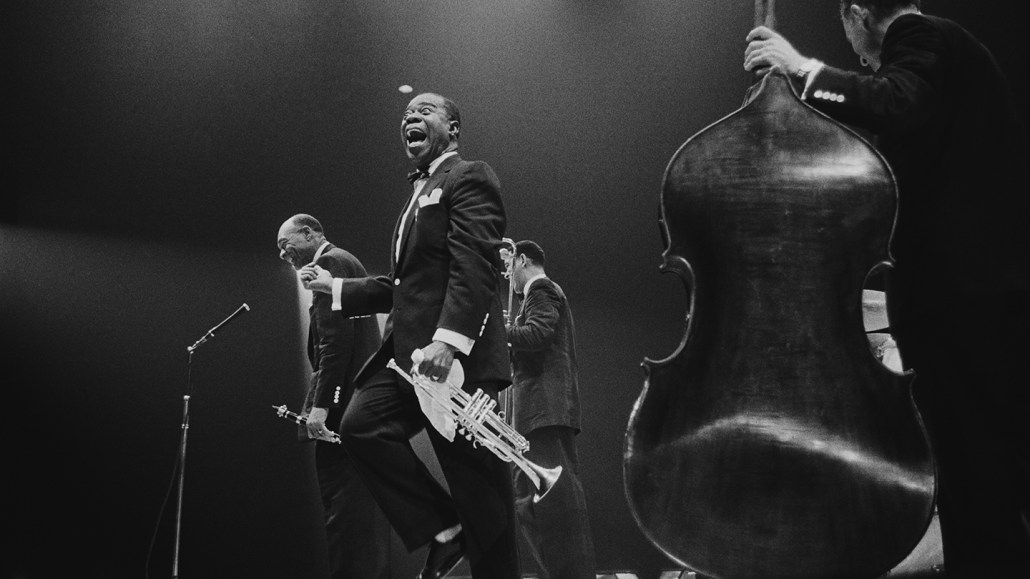Here’s where jazz gets its swing
Nearly imperceptible delays in soloists’ timing contribute to the music’s signature rhythm

Jazz musician Louis Armstrong, shown holding a trumpet, recorded “What Is This Thing Called Swing?” in 1939. Science may now have an answer.
Haywood Magee/Hulton Archive/Getty Images